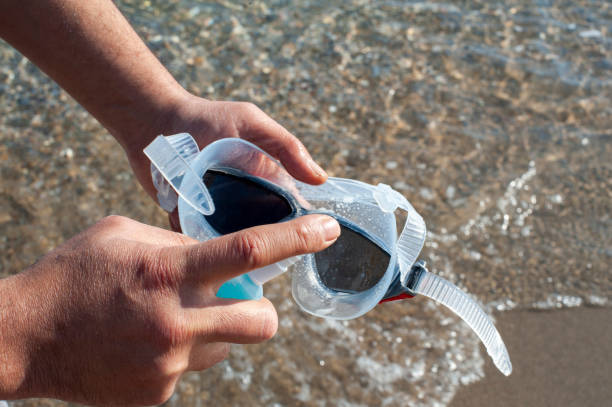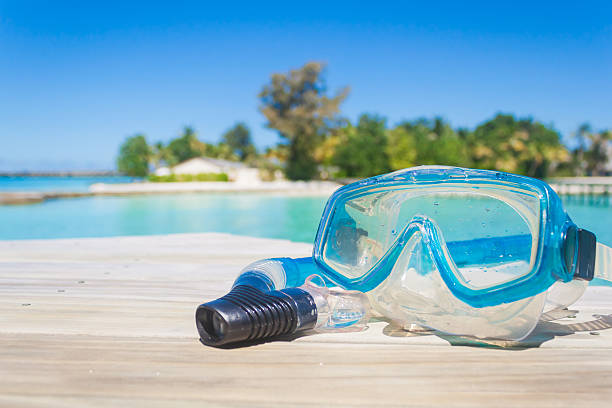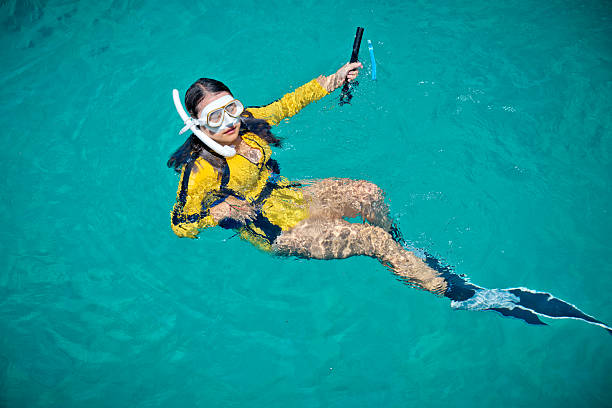Al nadar, el equipo de seguridad a menudo no recibe la atención que merece. Tanto si eres un nadador apasionado como si simplemente disfrutas de un chapuzón ocasional, el equipo de seguridad puede ser la diferencia entre la vida y la muerte. Hoy, analizaremos algunas historias reales que demuestran la importancia de este equipo. ¡Así que ponte las gafas y comencemos!
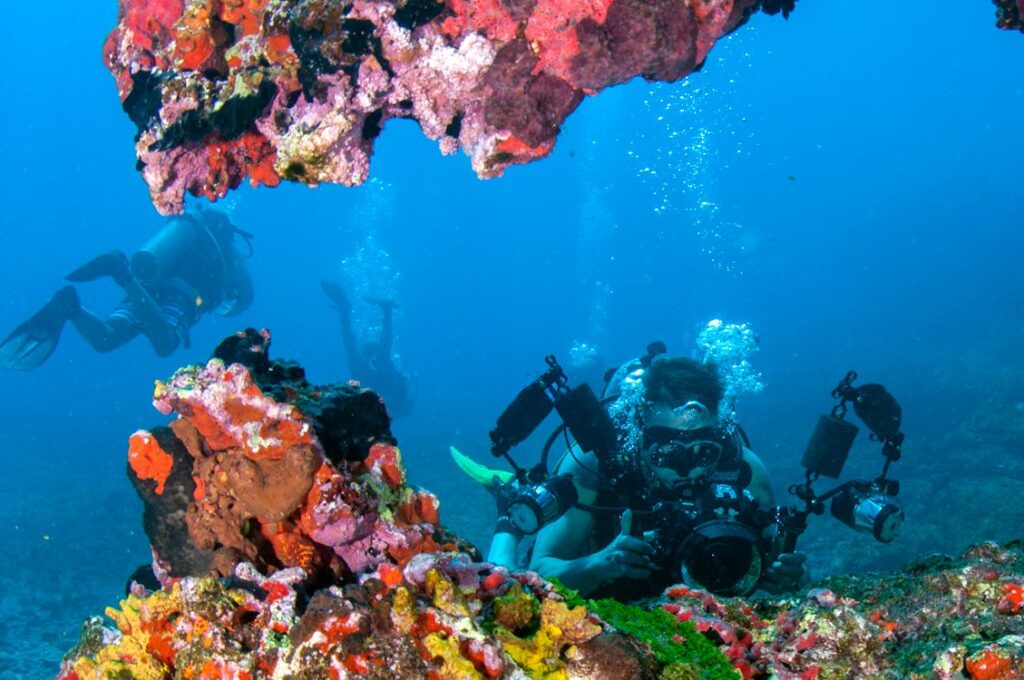
La importancia del equipo de seguridad para la natación
Nadar es una forma fantástica de mantenerse en forma y divertirse, pero conlleva sus propios riesgos. Desde corrientes fuertes hasta calambres repentinos, los nadadores se enfrentan a numerosos peligros. Por eso, contar con el equipo de seguridad adecuado es fundamental. Es como usar el cinturón de seguridad en el coche: esperas no necesitarlo nunca, pero te alegras de tenerlo cuando lo necesites.
Tipos de equipos de seguridad
El mundo de equipo de seguridad para natación Es enorme. Hay chalecos salvavidas, boyas de natación, gafas protectoras y una gran cantidad de otros dispositivos diseñados para mantenerte seguro. Cada equipo tiene una función única y proporciona un tipo específico de protección. Analicemos algunos de los más esenciales y escuchemos a quienes han salvado la vida gracias a ellos.
Historias personales de supervivencia
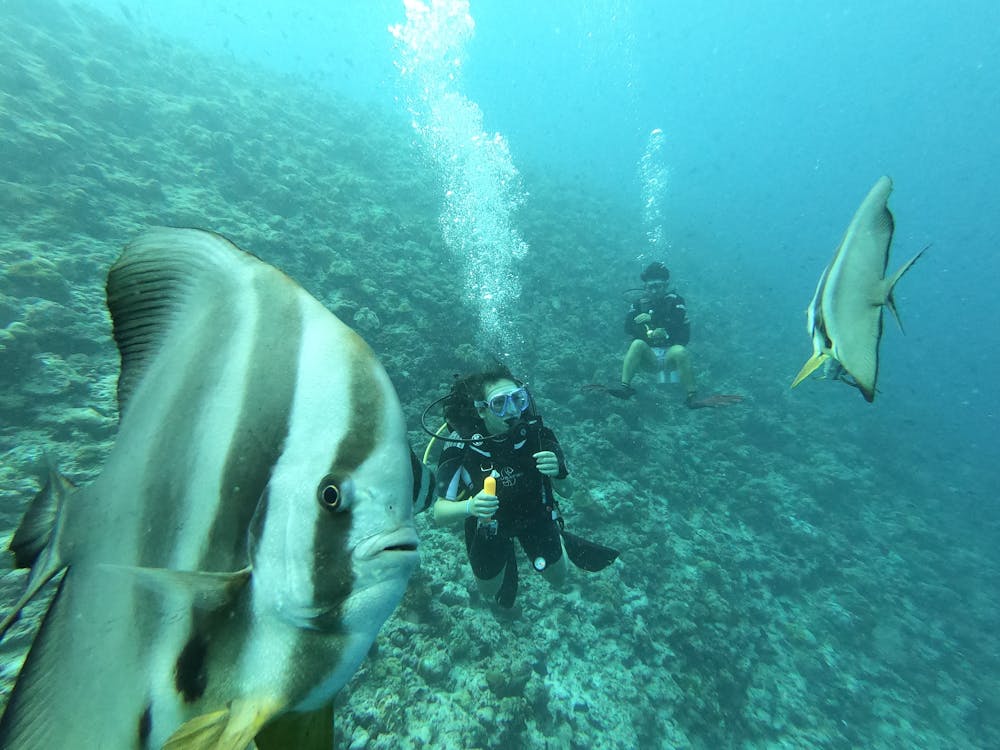
Contaremos 3 historias personales de la vida real para respaldar por qué es importante contar con el mejor equipo de seguridad y cómo funciona.
Chalecos salvavidas: un salvavidas en aguas turbulentas
Sarah era una nadadora experimentada y confiaba en su capacidad para afrontar cualquier situación. Un día, mientras nadaba en el océano, una fuerte corriente la atrapó. A pesar de sus esfuerzos por nadar de vuelta a la orilla, se vio arrastrada mar adentro. Por suerte, llevaba un chaleco salvavidas. "Sentía cómo el pánico aumentaba", recuerda, "pero el chaleco me mantuvo a flote y me permitió conservar energía hasta que llegara la ayuda". Sin él, la historia de Sarah podría haber tenido un final muy diferente.
Boyas de natación: visibles y flotantes
A Mark le encantaba nadar en aguas abiertas, pero su familia siempre se preocupó por su seguridad. Para tranquilizarlos, empezó a usar una boya de natación. Un día, mientras nadaba en un lago, Mark sintió un calambre en la pierna. Usó la boya para mantenerse a flote y la agitó para pedir ayuda. "El color brillante me hizo fácil de localizar", explica Mark. "Sin ella, habría sido solo una mota más en el agua". La boya de natación no solo le proporcionaba flotabilidad, sino que también facilitaba su localización a los rescatistas.
Gafas protectoras faciales: más que una visión clara
Jane nunca nadaba sin sus gafas, no solo por la claridad que proporcionaban, sino también por seguridad. Durante un baño matutino, gracias a su visión clara, notó una medusa en su camino. "Logré esquivarla y evitar una dolorosa picadura", dice. Las gafas pueden ayudar a los nadadores a detectar posibles peligros a tiempo, brindándoles la oportunidad de mantenerse a salvo.
El papel de los socorristas y el equipo de socorrismo
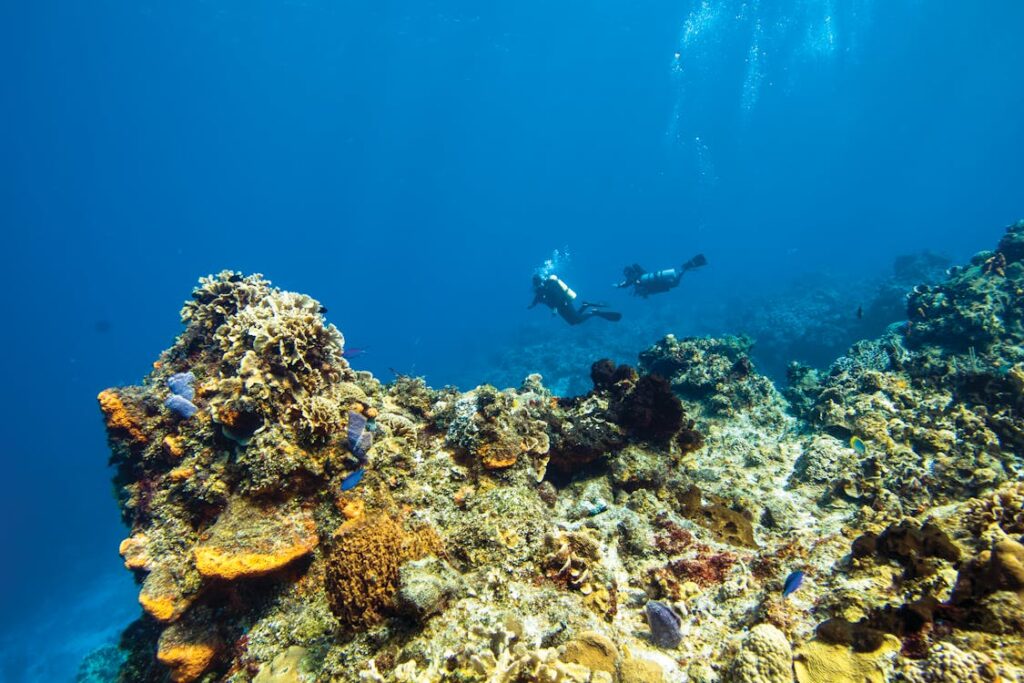
Las historias de los nadadores pueden revelar la verdad sobre el equipo de seguridad en la natación, pero los socorristas pueden demostrar su funcionalidad. Aquí hay dos ejemplos de cómo los socorristas protegen a los nadadores rápidamente con el equipo.
Tubos de rescate para salvavidas: una salvación rápida
Alex estaba nadando en una playa abarrotada cuando de repente sintió una fuerte resaca. Luchando por mantenerse a flote, entró en pánico. Un socorrista lo vio y rápidamente salió nadando con un flotador de rescate. "Llegó justo a tiempo", recuerda Alex. El socorrista usó el flotador de rescate para mantener a Alex a flote mientras lo guiaba de regreso a la orilla. Este equipo fue crucial para realizar un rescate rápido y eficiente.
Silbatos y radios de socorristas: respuesta coordinada
Emily disfrutaba de un baño en la piscina local cuando un niño empezó a forcejear en la parte profunda. El socorrista hizo sonar el silbato y usó una radio para coordinarse con otros socorristas. En cuestión de segundos, lograron sacar al niño y administrarle primeros auxilios. "Fue increíble la rapidez con la que actuaron", recuerda Emily. El uso de silbatos y radios garantizó una respuesta rápida y coordinada, lo que resaltó la importancia de las herramientas de comunicación en situaciones de emergencia.
Innovaciones en equipos de seguridad para la natación
Las innovaciones en equipos de seguridad para natación están revolucionando la seguridad en el agua, ofreciendo soluciones avanzadas como equipos de natación inteligentes y dispositivos portátiles que brindan mayor protección y tranquilidad a los nadadores.
Equipo de natación inteligente
Los avances tecnológicos han dado lugar a equipos de natación inteligentes que pueden monitorear las constantes vitales del nadador y detectar situaciones de peligro. Estos dispositivos pueden alertar a los contactos de emergencia o a los socorristas si algo sale mal. Es como tener un ángel guardián cuidándote en el agua.
Dispositivos de seguridad portátiles
Los dispositivos de seguridad portátiles, como los cinturones inflables y los flotadores compactos, son cada vez más populares. Son fáciles de transportar y se pueden usar rápidamente en caso de emergencia. Estas innovaciones hacen que nadar sea más seguro y placentero para todos.
Consejos para elegir el equipo de seguridad para nadar adecuado
El equipo de seguridad adecuado es crucial para garantizar una experiencia de natación segura. Aquí tienes algunos consejos esenciales para ayudarte a elegir el mejor:
Ajuste y comodidad
La comodidad es clave para garantizar que uses el equipo de forma correcta y constante. Un equipo que no te queda bien puede resultar incómodo y menos efectivo. Pruébate diferentes tallas y estilos para encontrar el que mejor te funcione.
Calidad y durabilidad
Invierte en equipo de alta calidad que resista los rigores del uso regular. Un equipo barato o de mala calidad puede fallar cuando más lo necesitas. Busca marcas y materiales confiables, conocidos por su durabilidad. Invertir un poco más al principio puede evitarte posibles contratiempos más adelante.
Reseñas y recomendaciones de usuarios
Antes de comprar equipo de seguridad, lea las opiniones de los usuarios y pida recomendaciones a nadadores experimentados. Las opiniones personales pueden ser invaluables para tomar la decisión correcta. Conocer las experiencias de otros puede ayudarle a encontrar un equipo confiable y eficaz.
Características específicas del propósito
Considere sus necesidades específicas de seguridad. Por ejemplo, si nada en aguas abiertas, una boya de natación de colores brillantes puede mejorar la visibilidad. Si está en una piscina, es fundamental usar gafas protectoras cómodas y transparentes. Cada entorno requiere diferentes medidas de seguridad.
Facilidad de uso
Elija equipo fácil de usar y mantener. Un equipo complejo puede ser un desafío en una emergencia. Un equipo sencillo y confiable le permite actuar con rapidez y eficiencia si es necesario.
Mantenimiento y controles regulares
Una vez que haya elegido su equipo de seguridad, el mantenimiento regular es crucial. Revise el desgaste y asegúrese de que todo esté en buen estado antes de nadar. Un mantenimiento adecuado prolonga la vida útil de su equipo y garantiza su correcto funcionamiento cuando lo necesite.
Conclusión
El equipo de seguridad para nadar no es solo para principiantes o personas demasiado precavidas. Es esencial para disfrutar del agua con responsabilidad. Las historias reales que compartimos aquí demuestran cómo los chalecos salvavidas, las boyas de natación, las gafas protectoras y el equipo de salvavidas han salvado vidas y evitado tragedias. A medida que la tecnología avanza, innovaciones como los equipos de natación inteligentes y los dispositivos de seguridad portátiles seguirán mejorando la seguridad en el agua. Así que, la próxima vez que vayas a la piscina o a la playa, recuerda equiparte. Podría salvarte la vida.
Preguntas frecuentes
P1: ¿Cuál es el equipo de seguridad más importante para nadar?
La pieza más importante puede variar según la situación, pero un chaleco salvavidas a menudo se considera crucial por su capacidad de mantenerte a flote y conservar energía.
P2: ¿Pueden los niños utilizar las boyas de natación?
Sí, las boyas de natación pueden ser utilizadas por niños, pero deben estar supervisados por un adulto y utilizar una boya diseñada para su tamaño y peso.
P3: ¿Cómo sé si mi equipo de seguridad es de buena calidad?
Busque marcas reconocidas como Vanguard, lea reseñas y verifique las certificaciones de organizaciones de seguridad. La calidad de los materiales y la construcción son indicadores clave.
P4: ¿Existen dispositivos de seguridad específicos para la natación en aguas abiertas?
Sí, las boyas de natación, los dispositivos GPS a prueba de agua y las balizas localizadoras personales son excelentes para nadar en aguas abiertas para aumentar la visibilidad y garantizar la seguridad.
P5: ¿Pueden los equipos de natación inteligentes reemplazar el equipo de seguridad tradicional?
El equipo de natación inteligente complementa el equipo de seguridad tradicional, pero no lo reemplaza. Es mejor usarlos juntos para máxima seguridad.
